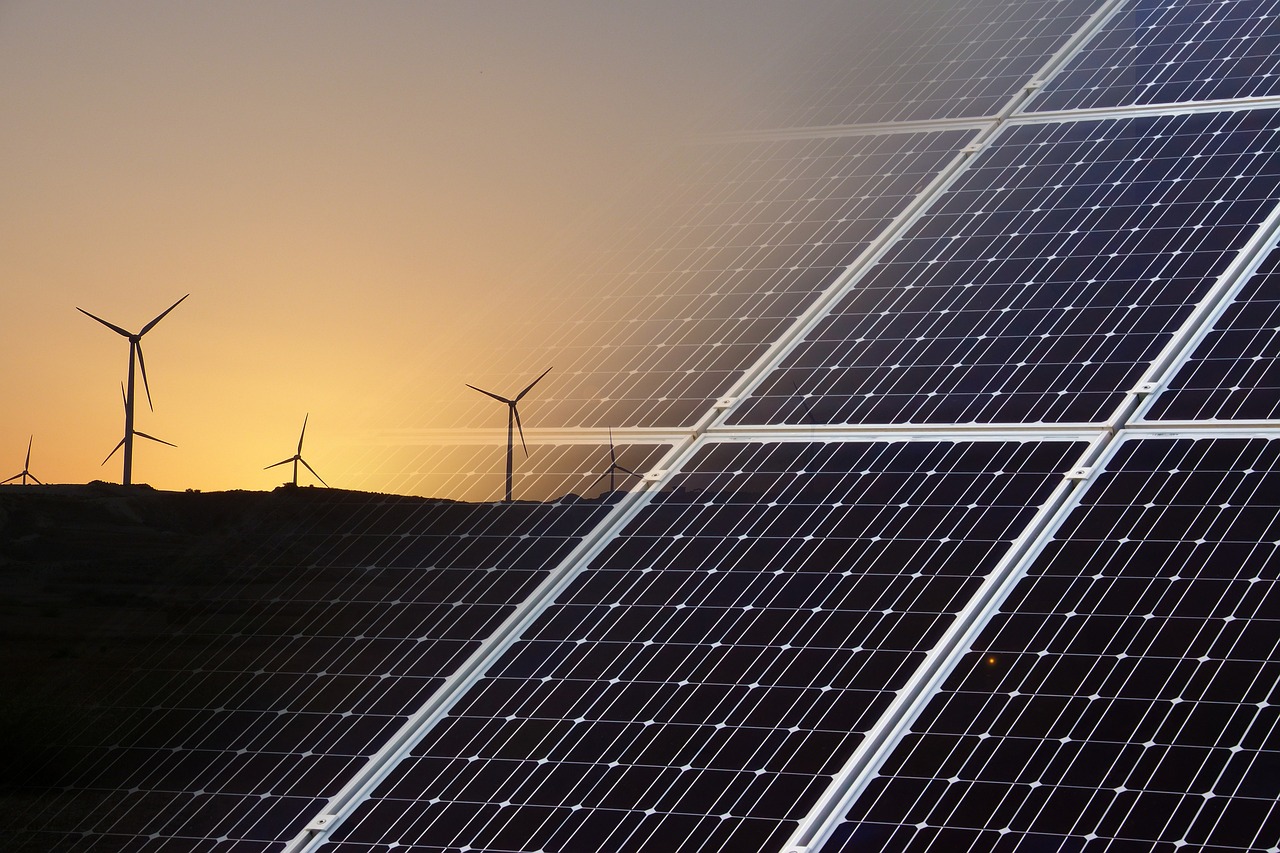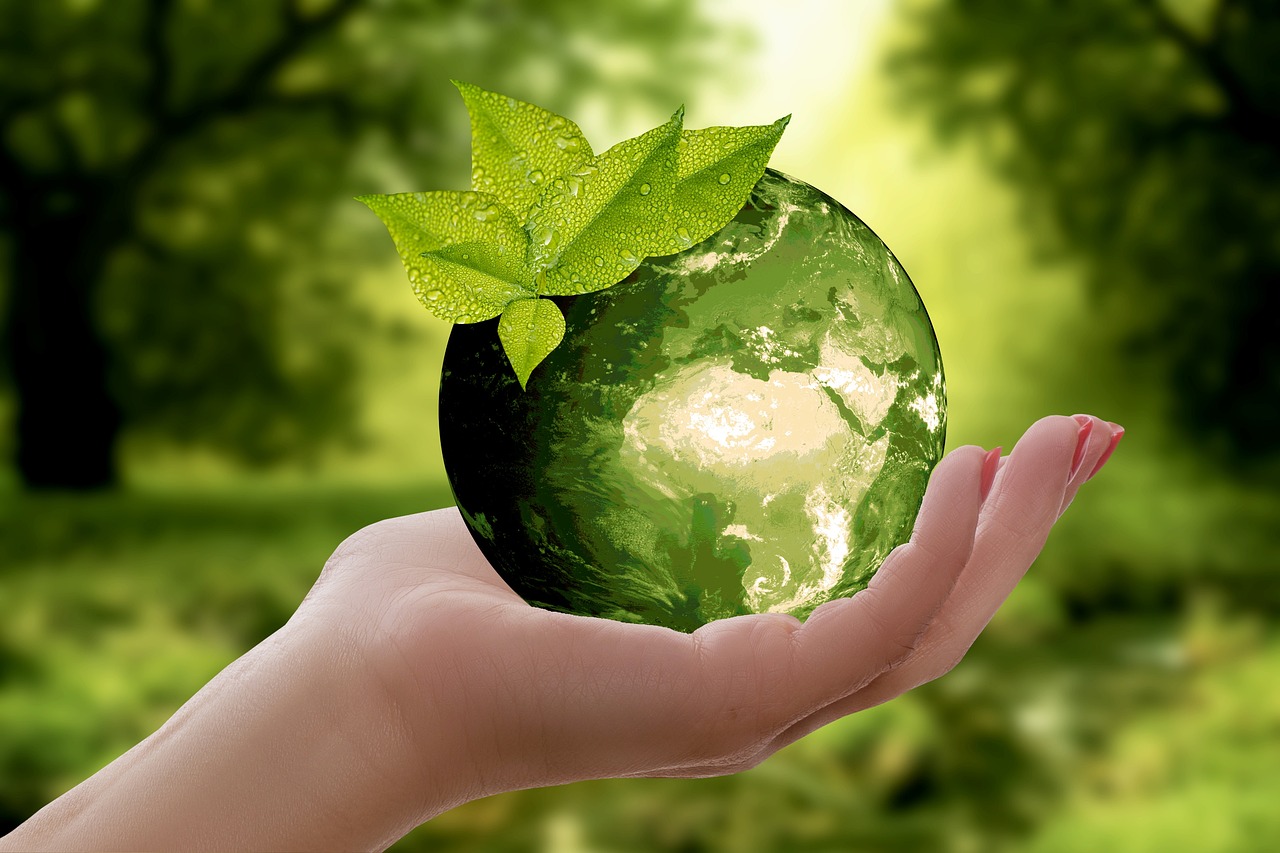
Introduction: The UK's journey towards a sustainable future is being fuelled by the rapid growth of low carbon energy sources. In recent years, there has been a significant shift from traditional fossil fuels to more renewable and low carbon energy options. This blog post delves into the current landscape of low carbon energy in the UK and how it shapes the nation's environmental goals.
1. Wind Power: Leading the Charge: Wind energy, both onshore and offshore, has become a cornerstone of the UK's renewable energy strategy. The UK boasts the world's largest offshore wind farm and is a global leader in offshore wind capacity. These wind farms harness the power of the wind to generate electricity without carbon emissions, playing a crucial role in reducing the UK's overall carbon footprint.
2. Solar Energy: A Bright Future: Solar power in the UK has seen exponential growth, thanks to technological advancements and cost reductions. Solar panels, installed on rooftops or in large-scale solar farms, convert sunlight directly into electricity. The increasing adoption of solar technology by households and businesses is a testament to its viability as a key player in the UK's energy mix.
3. Hydropower: Harnessing Natural Water Sources: Though a smaller contributor compared to wind and solar, hydropower remains an important part of the UK's renewable energy portfolio. Using the flow of rivers and streams, hydropower plants generate electricity with minimal impact on the environment.
4. Nuclear Power: A Low Carbon Contender: Nuclear power is a significant source of low carbon energy in the UK. It provides a substantial portion of the country's electricity with nearly zero carbon emissions during operation. The role of nuclear energy in the UK's future energy mix is a subject of ongoing debate, balancing concerns over radioactive waste with its potential to provide stable, low carbon power.
5. Biomass Energy: Organic Materials as Fuel: Biomass energy, derived from organic materials like wood, agricultural residues, and waste, contributes to the UK's renewable energy production. While not entirely carbon-neutral, it offers a reduction in net CO2 emissions compared to fossil fuels, especially when combined with carbon capture technologies.
6. The Move Towards Energy Storage and Smart Grids: As the UK increases its reliance on intermittent renewable sources like wind and solar, the importance of energy storage and smart grid technologies grows. These innovations help balance supply and demand, ensuring a stable energy supply even when the sun isn't shining or the wind isn't blowing.
Conclusion: The UK's commitment to low carbon energy is clear and growing. By embracing a diverse mix of renewable and low carbon energy sources, the country is not only reducing its environmental impact but also setting a global example in the transition to sustainable energy. The path to a greener future is illuminated by the continuing evolution and adoption of these technologies.



